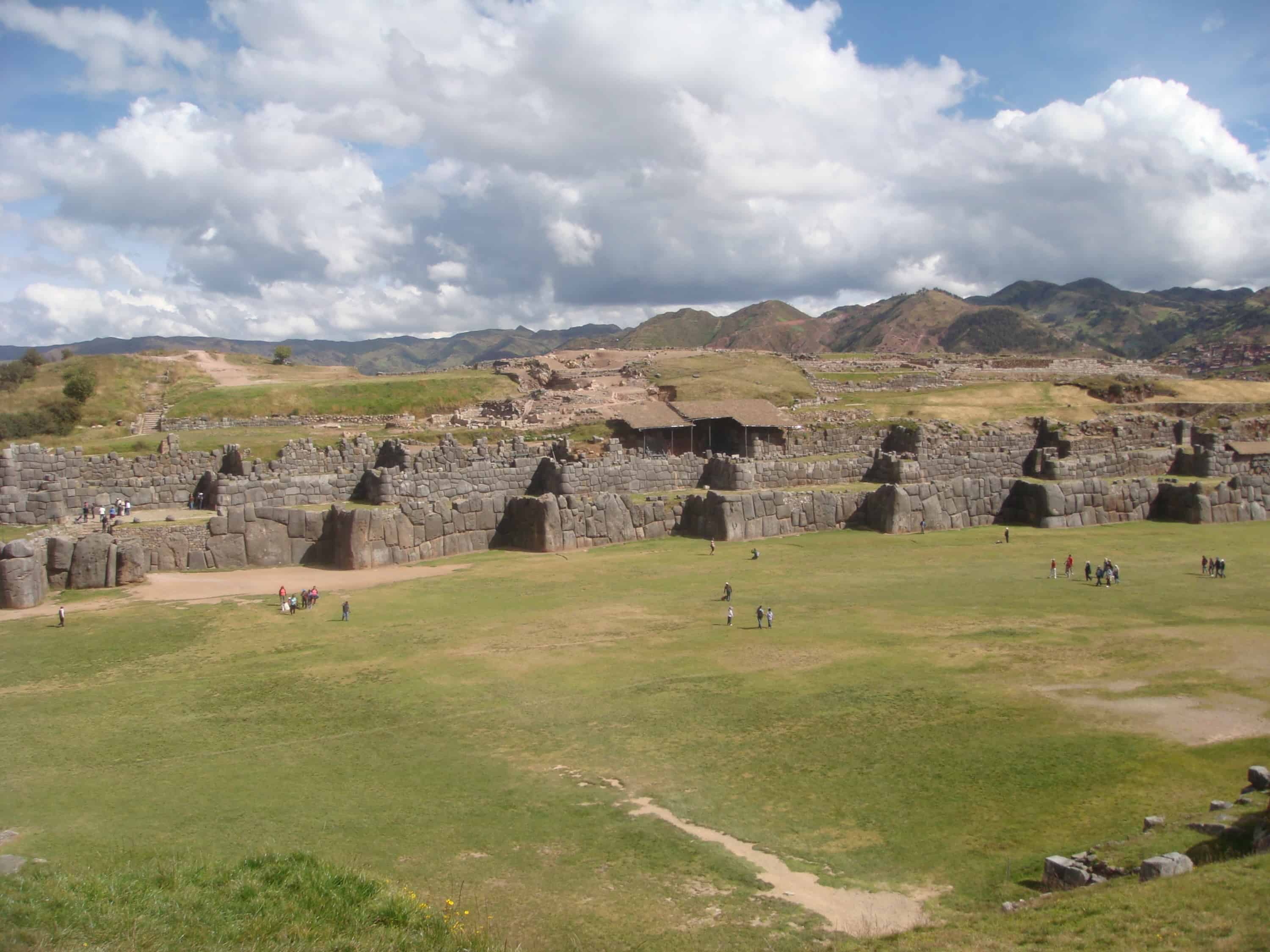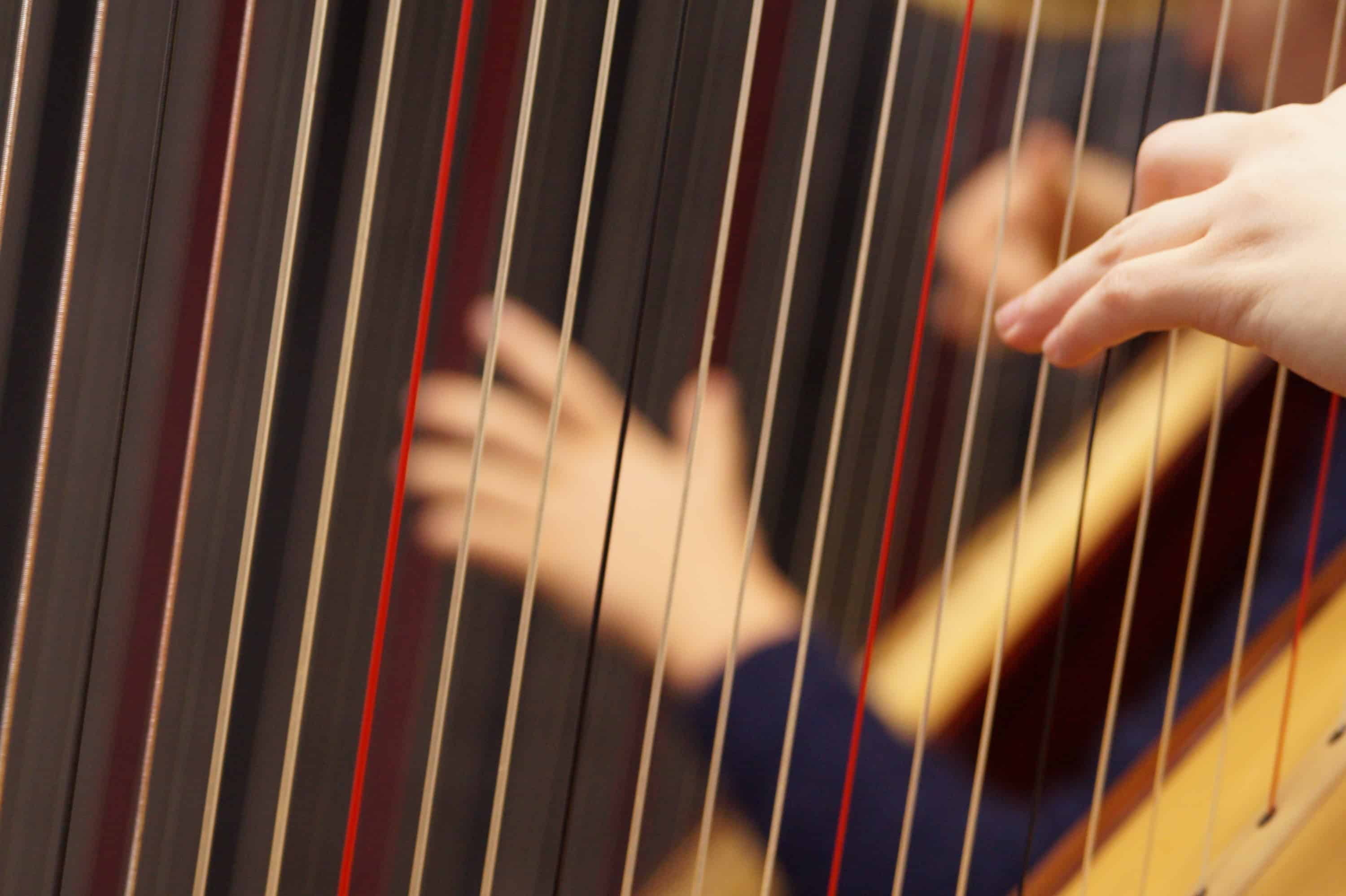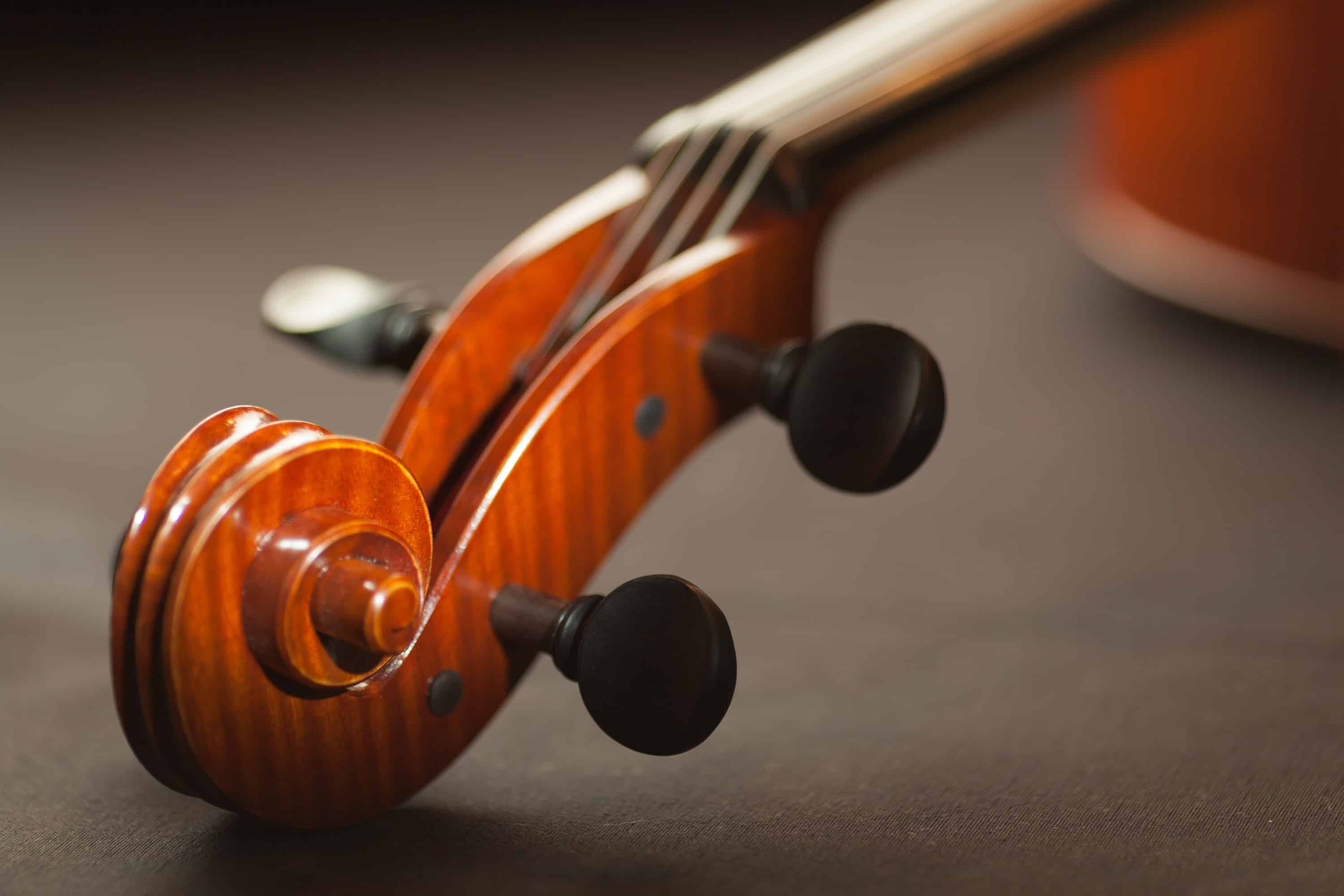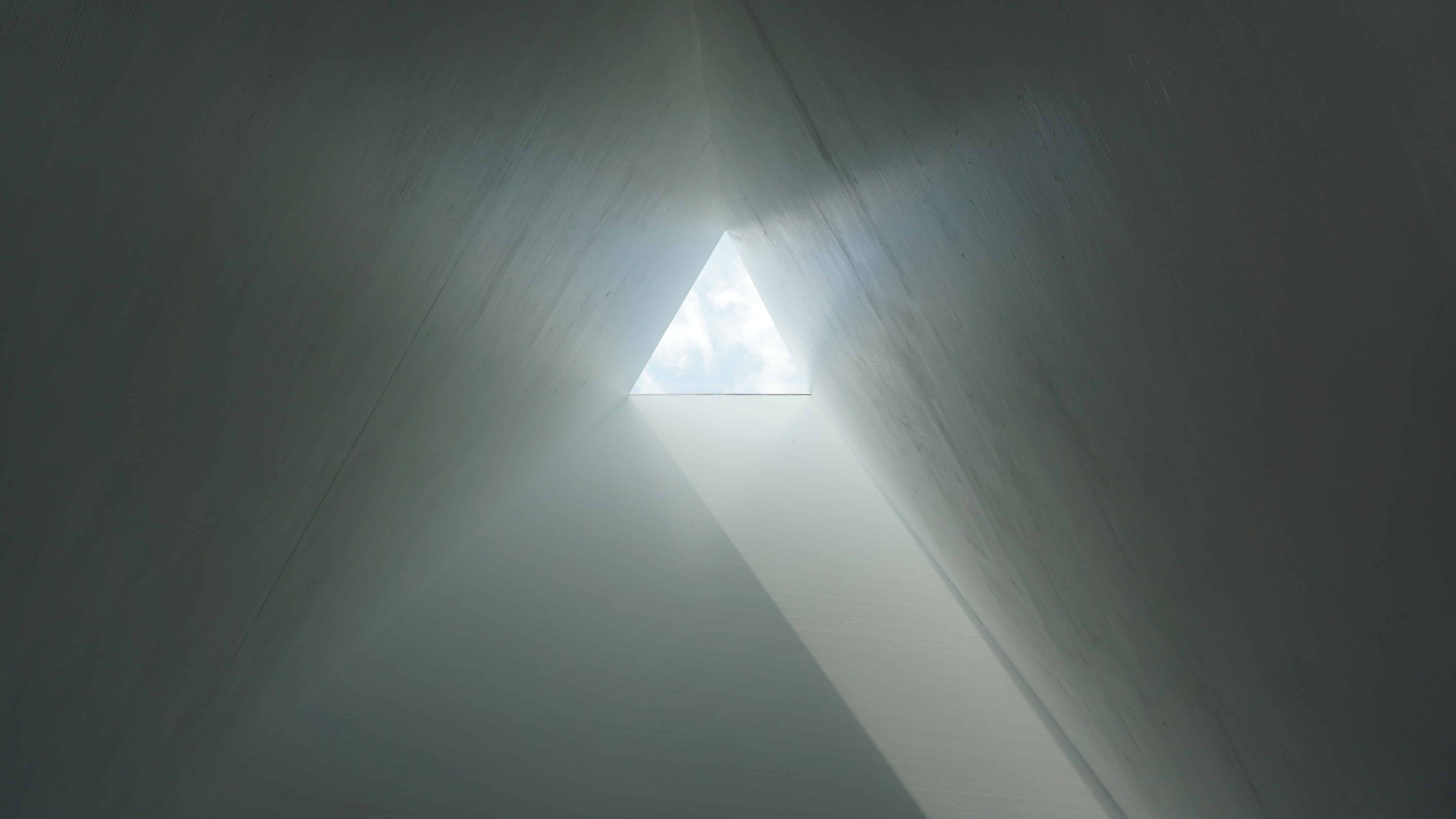Acoustic Composition 17
Continuoso Cycles and Continuum (2015/18)
(Inflections of Antiquity)
Six Movements for String Quartet
(Rearranged: May 2020)
Gli Archi del Cherubino Live 2015
The Ensemble of St Luke’s Live 2016
The opening movement of this score was originally composed in 2015 for Gli Archi del Cherubino in a version for string orchestra and harpsichord. The Ensemble of St Luke’s proofread a literal arrangement for string quartet during 2016 and conversations evolved to where an extended multiple-movement work was commissioned. The first movement was extensively recomposed in 2017/18 during realisation of this piece and the score was rearranged in May 2020 when two movements were removed. The remaining collection is a more coherent journey without them …
Continuoso Cycles and Continuum is a set of six movements inflecting elements of antique compositional form: Medieval Mass, Renaissance and Baroque Suites. The music is written in a modal language with contemporary references to retrospective soundworlds, looking forwards into (or is it ‘backwards from’?) the twenty-first century via textural fabrics weaved from the cycling pitch-patterns of mid 20th century modernism, contrapuntal gradual process synonymous with post-modern minimalism and pseudo-modulations within tonal stasis reminiscent of post-minimalist simplicity. Avoiding literal emulation, the inconsistencies of polystylism and the dreaded pastiche: a contemporised formal scheme ‘smudging’ the structural lines of the past and respectfully blending elements of ‘each and all’ into an evolving concept one refers to as modal sfumato1 …
1 Sfumato: Technique used by Leonardo Da Vinci for softening the transition between colours: Imperceptible transitions between colours and tones …
Leonardo da Vinci
Click/Tap Images to View Gallery :
This reductive, retrospective and minimal music of relative simplicity opens with a sequence of consonant chords that expand at each iteration (trichord – tetrachord – pentachord – hexachord) to introduce the first six pitches of the cycle of fourths: [C] – F – Bb – Eb – Ab – Db.
The first movement is written in Ab Major/F minor, but the expanding pitch content initially avoids the ‘defining-third’ to subliminally modulate through F, Bb and Eb on its way. Alternating phrase resolutions add ‘dialectic lilts’ of the passing modes as the chord-type expands and blurs the sense of a ‘home-tone’. Chords built upon the perfect-fourth interval shaped modal phrases and ambiguous consonant harmony that seemed sympathetic to the reference repertoire yet remained authentic to a contemporary palette.
The motion to (and prominence of) the (Copland-like) Ab home-tone in the latter stages of the first movement seemed forgivable within the context of the piece as a whole, but the final resolution of the first movement to C Phrygian mode (3rd mode of Ab) and the quasi whole-tone modulation to Bb Dorian mode (2nd mode of Ab) to start the second movement is far more representative of the subtle amorphic possibilities and subliminally modulating pitch-schemes available through the blending of modal sfumato.
The second movement is reminiscent of the slow movements within Albinoni’s Sinfonia ‘a quattro’, where time seems to stop, a few bars last an eternity and the world hangs on a chord. The only real difference here is in the spelling of the chords. Clear comparisons to Vivaldi’s L’estro Armonico (Inspiration of Harmony) Op.3 should also be stated.
The title is a light-hearted play on words, having fun with the rhythms of word-sound. The opening performance instruction in the score contains a passing reference to a certain young wizard, which is a little odd, as I was ‘never really a fan’ ...

















































